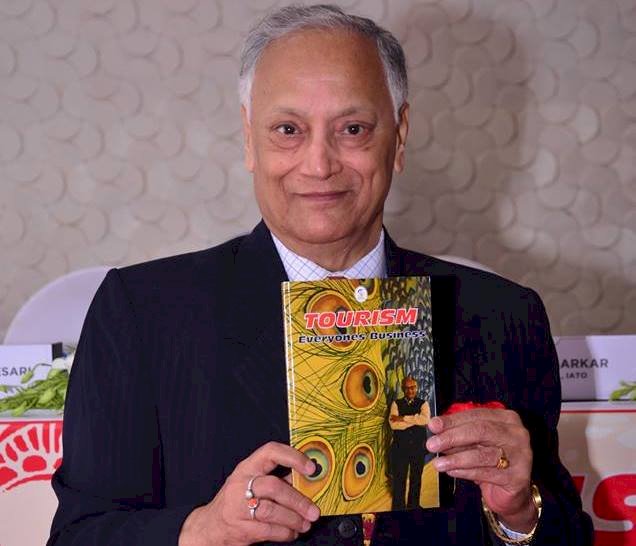OVERTOURISM

Overtourism is a condition wherein destinations are frequented by too many travelers at a given time and sometimes beyond its carrying capacity.
UNWTO defined term Overtourism as the maximum number of people that may visit a tourist destination at the same time, without causing destruction of the physical, economic and sociocultural environment and an unacceptable decrease in the quality of visitors’ satisfaction.
 This happens to many islands in Greece, Beaches in Italy, hill stations in India, Heritage monument like Taj Mahal in India, Safari Parks in Africa these places are often seen overcrowded with visitors on a daily basis. Locals do thrive on tourist business but locals also find it difficult to live a peaceful life, costs going up as tourists buy the best, local transport is crowded, places littered with garbage, and this even include remote places in Uttarakhand which faced over-construction to lure tourists and face the havoc. Overcrowding cost too much for Kedarnath for pilgrimage tourists, Manali overcrowding in season even one can’t walk and pickpocketing, cheating and negative things related to tourism flourishes giving bad name to the destination and loss of jobs for local people.
This happens to many islands in Greece, Beaches in Italy, hill stations in India, Heritage monument like Taj Mahal in India, Safari Parks in Africa these places are often seen overcrowded with visitors on a daily basis. Locals do thrive on tourist business but locals also find it difficult to live a peaceful life, costs going up as tourists buy the best, local transport is crowded, places littered with garbage, and this even include remote places in Uttarakhand which faced over-construction to lure tourists and face the havoc. Overcrowding cost too much for Kedarnath for pilgrimage tourists, Manali overcrowding in season even one can’t walk and pickpocketing, cheating and negative things related to tourism flourishes giving bad name to the destination and loss of jobs for local people.
This necessitates taking steps to preserve the local culture, flavour and environment so that the destination should not lose travellers choice to visit the place. The state government and the industry should form partnerships to collect and analyse consumer data to identify traveller’s trends, behaviour, create new products or to market alternative destinations to help minimize the overcrowding that is happening in many of the tourist destinations globally. This is to see to alleviate the issues that surround due to Overtourism.
Also if more people set out to explore lesser-known destinations rather eco-sensitive places, nature resorts, wildlife, the risk of irresponsible travel increases. It also negatively impacts quality of life in the area or quality of the experience. It is just the Opposite of responsible tourism which is about visiting tourism to make better places to live in and better places to visit. Ultimate outcome is reflected where either the hosts or guests and often both are Dissatisfied.
Only way to move forward is to Plan the destination traffic movements based on carrying capacity, how much it can negatively impact the local culture, local living costs, the purpose is to achieve the goal will the destination use tourism or be used by it. All stakeholders must form a team and take policy steps for Sustainable Tourism and Responsible Tourism with focus on benefits accrue to locals. And also set a strategic long-term plan for sustainable urban tourism including the definition of the carrying capacity for the city and for specific areas and attractions. This is particularly useful to implement strategies that aim at dispersal of visitors, visitor segmentation and those where new itineraries and attractions are developed more effectively.
By Gour Kanjilal, Former, Dy. Director General, Ministry of Tourism, Govt. of India views expressed are personal.








